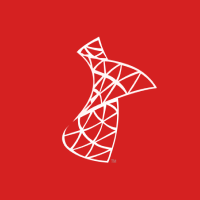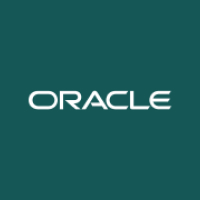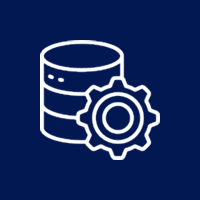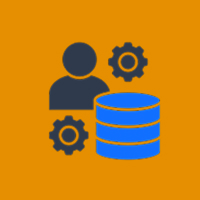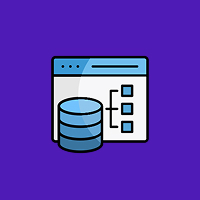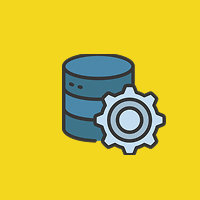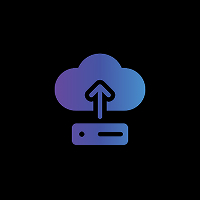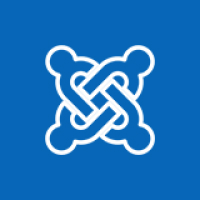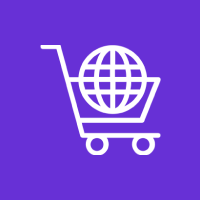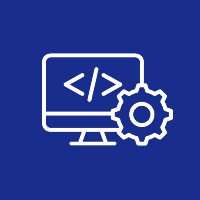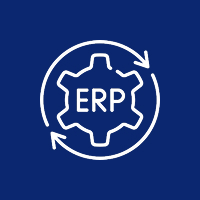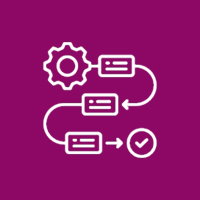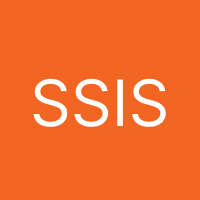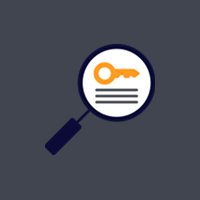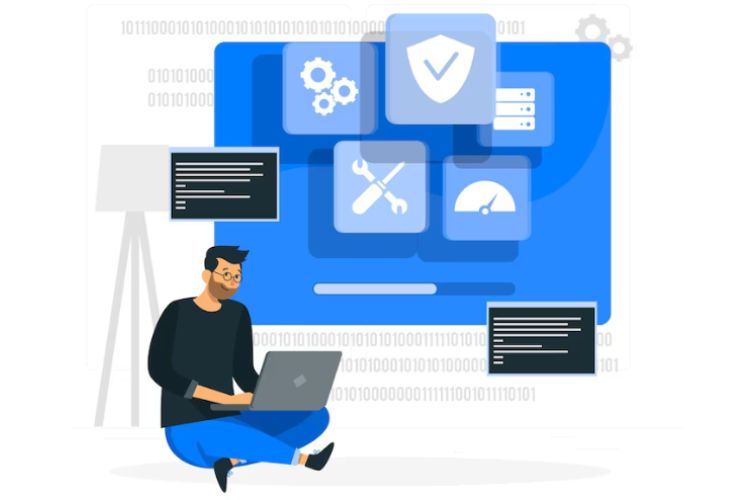DotNetNuke (DNN) is a robust content management system (CMS) that allows developers to develop custom modules, adding functionality to websites. Nevertheless, developing secure and scalable DNN modules is necessary to ensure performance, user experience, and data integrity. Failure to follow security best practices can introduce vulnerabilities like unauthorized access, data breaches, and performance bottlenecks.
In this blog, we are going to discuss the best practices to create secure and scalable DNN modules so that they are optimized for long-term usage while being protected from any possible threats.
1. Use Strong Authentication and Authorization
Access to resources and user information is at the core of security. Employing robust authentication and authorization techniques helps grant access to intended users alone for specific functionality in the module.
Best Practices:
- Utilize DNN Role-Based Access Control (RBAC) to manage permissions effectively.
- Restrict sensitive module features and settings to administrators or authorized staff alone.
- Implement multi-factor authentication (MFA) to achieve an added layer of security.
- Don’t store plain-text passwords—always employ secure hashing algorithms like bcrypt or Argon2.
Why It Matters:
Strong authentication and authorization block unauthorized access, data breaches, and privilege escalation attacks that can undermine your DNN site’s security.
2. Avoid SQL Injection and Cross-Site Scripting (XSS) Attacks
SQL injection and cross-site scripting (XSS) are some of the most prevalent web application vulnerabilities. The attacker can take advantage of these vulnerabilities to grant them unauthorized access to a database, or inject malicious scripts into web pages.
Best Practices:
- Utilize parameterized queries and stored procedures instead of raw SQL at all times.
- Use the database helper methods of DNN to communicate with databases securely.
- Sanitize user inputs before processing them to avoid execution of malicious code.
- Apply output encoding to avoid execution of scripts within the browser.
Why It Matters:
Validating and sanitizing input data in a proper manner defends against illegal modification of data and security vulnerabilities, minimizing SQL injection and XSS attack risks.
3. Obey Secure Coding Standards
Safe coding practices keep vulnerabilities to a minimum from the very beginning so that your module is safe against exploits.
Best Practices:
- Maintain DNN and third-party modules up-to-date with latest security patches.
- Code securely with OWASP security best practices in mind.
- Avoid custom security logic and use the built-in API methods of DNN.
- Have good error handling to prevent leakage of system details.
Why It Matters:
Adhering to secure coding practices reduces the likelihood of security breaches, and your DNN modules are better equipped to handle potential attacks.
4. High Performance and Scalability Optimization
An optimized DNN module provides seamless performance as the site expands and traffic picks up.
Best Practices:
- Employ DNN’s caching feature to reduce redundant database calls.
- Database performance is preserved through indexed tables and optimized queries.
- Steer clear of expensive operations like heavy API requests or data processing.
- Use lazy loading on content-heavy modules to enhance page loading.
Why It Matters:
Optimization of performance enhances the user experience by lessening load times and makes your module scale up with your site as it grows.
5. Implement Secure File Handling and Storage
Bad file handling introduces security threats, including the injection of malware and unauthenticated file access.
Best Practices:
- Validate and limit uploaded file types to avoid malicious files from being run.
- Store sensitive files beyond the web root directory to avoid direct access.
- Use DNN’s File Manager API for secure file uploads and storage.
- Assign proper file access permissions to avoid unauthorized downloads.
Why It Matters:
Secure handling of files avoids risk associated with file-based attacks and makes sure that content uploaded does not hamper website security.
6. Log Critical Events and Ongoing Monitoring
Logging of system activity and critical events monitoring aid in uncovering security breaches as they are on the verge of happening rather than getting out of hand.
Best Practices:
- User activity can be monitored through DNN’s integrated event logging feature.
- Auto-alerts should be implemented on dodgy login or suspicious activities.
- System logs can be monitored routinely for spotting irregularities and misuse.
- Install a Web Application Firewall (WAF) to suppress malicious traffic.
Why It Matters
Active monitoring provides security with real-time data on possible threats, enabling instant intervention and prevention.
7. Keep Your DNN Modules Up to Date
Outdated modules are vulnerable to cybercriminals due to unresolved security exploits.
Best Practices:
- Update your DNN installation and modules regularly with the latest security patches.
- Monitor official DNN security advisories to be aware of potential threats.
- Use dependency management tools to track and update outdated libraries.
- Conduct periodic security audits to identify vulnerabilities and areas for improvement.
Why It Matters:
Staying up to date with the latest security patches avoids exploits that target identified vulnerabilities, ensuring your DNN modules remain secure in the long run.
Conclusion
Developers must build secure and scalable DNN modules to ensure a high-performance, reliable website. They can achieve this by implementing robust authentication, defending against XSS and SQL injection attacks, following secure coding practices, optimizing performance, and continuously monitoring for threats.
If you need expert assistance in developing or purchasing your DNN modules, our experienced team is here to help you! Contact us today for customized DNN development solutions based on your business needs.
Contact Us Today
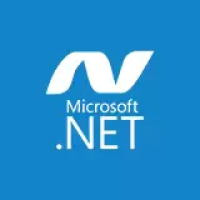


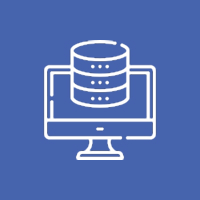
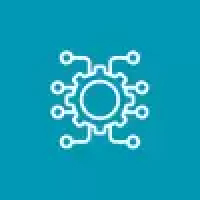



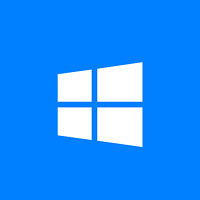
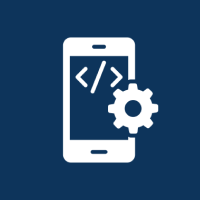



 Database Development
Database Development